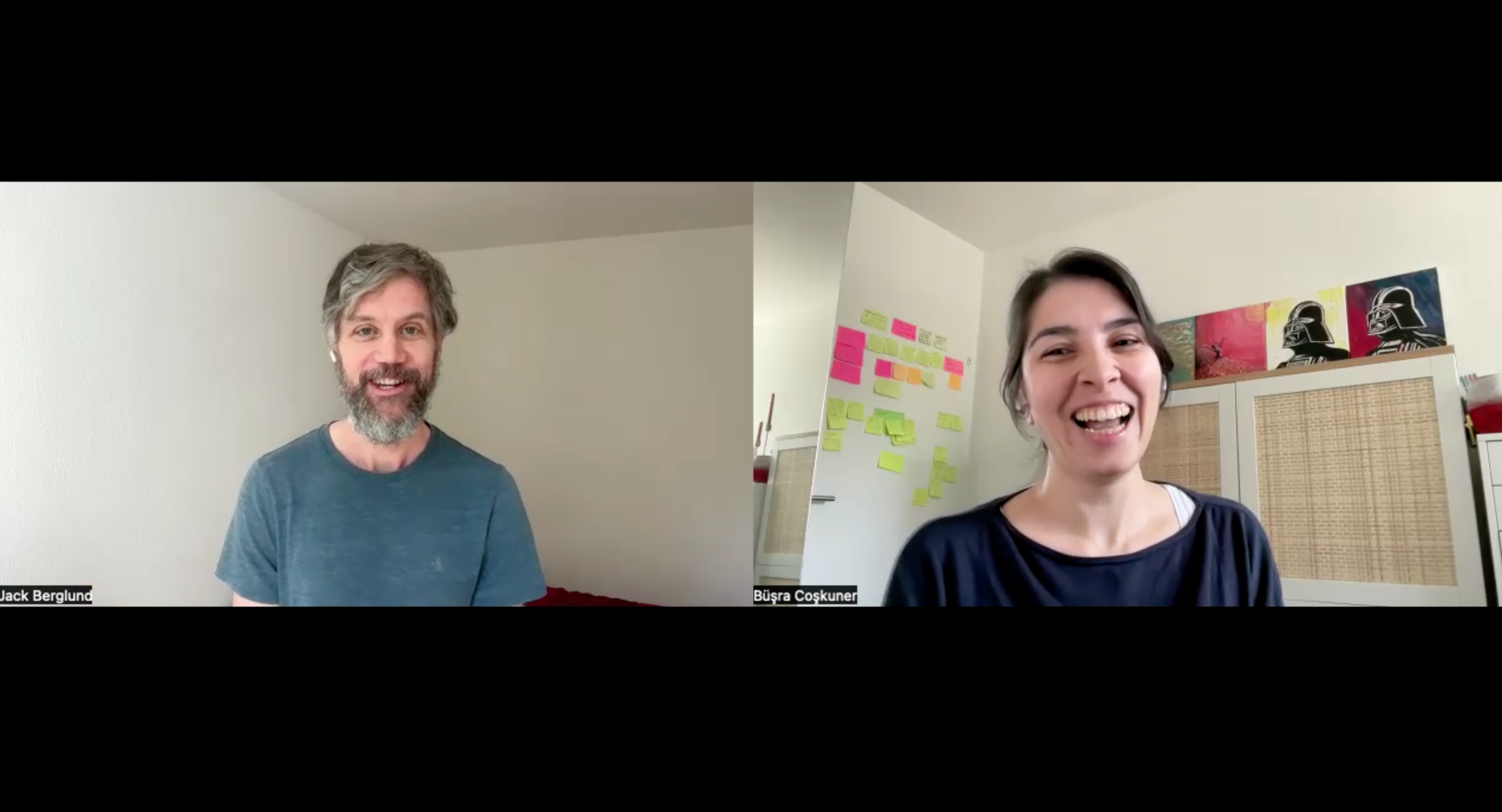Here’s a mini series on detecting output-thinking and finding outcomes. These are two of my LinkedIn posts with links to the original post, as asked for from my followers to find it when they need it.
Outcome-thinking:
“Outcome-thinking is difficult.”
Agreed.
I noticed how often we fall into the trap of thinking that we talk about outcomes when we actually talk about outputs. So I have to steer the conversation back to real outcomes, especially in outcome-based ideation or discovery sessions.
👉 But what is an “outcome” anyway? And how do you realize if you’re thinking in outcomes or outputs?
There is a qualitative and a quantitative way.
1️⃣ The qualitative way:
Formulate a sentence that uses adjectives or superlatives to make a physical (ie a human) or virtual (ie an organization, a platform, an idea, etc.) person or persona’s situation better.
Example outcome: Make the buyer find a relevant product faster.
Output-thinking would be: Show more products on the search result page.
2️⃣ The quantitative way:
Formulate a good metric and attach an improvement to it.
Example outcome: Decrease average time to click on a product on the search results page by x%
Output-thinking would be: Improve page load through lazy loading.
Or again: Show more products on the search result page.
Same outcome but formulated in two different ways.
💡 If you find yourself in output-thinking, in order to get to the outcome think:
What do I want to improve with this idea? And how to I want to improve it?
And from that outcome you can ideate even more outputs.
❓ How do you know if you’re on outcome- or output-thinking?
That’s for the next post 😉
Output-thinking:
How to detect if you’re in output-thinking.
“’Have discounts’! No wait, this is an output. Then let’s say ‘Make prices cheaper’. This sounds like an outcome.”
Meeeeeep! Nope! It’s still an output. Even if you’ve used an adjective.
In my last post I mentioned how to formulate good outcomes.
Now I want to help you detect if you’re in output-thinking.
1️⃣ What – So what – Then what – Result 1️⃣
WHAT are you going to offer?
Cheaper prices
SO WHAT?
So that buyers can buy more of our products
THEN WHAT?
Then they might come back more frequently. And they might buy more products per visit from us. But we might lose profit because of decreased margins.
RESULT?
Potentially: increased Average Order Value (AOV), increased frequency of visits, increased % of repeat purchases, decreased total profit….
Ahaaa! You see there is a higher intent.
Separate impact and outcome from these. Use outcomes or break down impacts into outcomes, and then find more diverse outputs.
2️⃣ Interacting vs. doing 2️⃣
Will the user interact with your suggestion?
Example:
Cheaper prices: User sees them on PDP, cart, checkout.
“Seeing” is an interaction. Seeing leads to thinking leads to decision-making.
Outcome: Coming back more frequently.
The user can open PDP more often. Yes. But how does the user “interact” with “coming back more frequently”? They can’t.
An outcome is something users do.
An output is something users interact with.
If your idea leads to an interaction, it’s an output.
Q: “In my Key Results, I measure ‘increase sign-ups by x%’. Is this an interaction?”
A: No. The interaction is “clicking the sign-up button.”
The behavior is “signing up”.
3️⃣ The Help- or Make-Statement 3️⃣
Try to formulate a help- or make-statement.
Examples:
“We’ll help/make you to get cheaper prices/a discount.”
“We’ll help/make you to see more products on the search results page”
“We’ll help/make you to have a faster website.”
Doesn’t work, right? You want to ask “Why would you want to do this?”
Now formulate a help- or make-statement with an outcome.
Examples:
”We’ll help you to find a product on our search results page faster.”
“We’ll help you to use the admin panel more easily.”
“We’ll make you come back to our site more frequently.”
Outcomes help or make someone do something. If your idea doesn’t help or make, it’s most likely an output.
Q: ”My Key Result says ‘Decrease page load time by x%’. Is this an output?”
A: “We make you load your page faster.” = “We help you to have a fast page load experience.”
Sounds good, doesn’t it 😉

